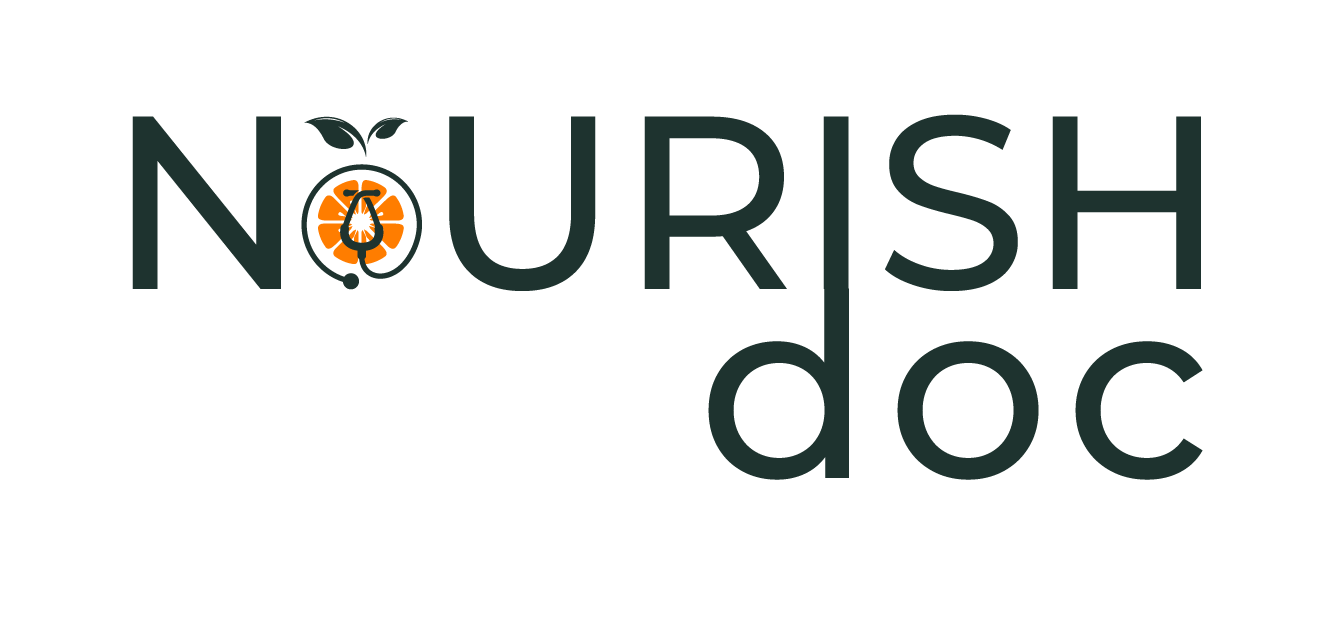What is prediabetes?
The expression ‘prediabetes’ is most commonly used in the US [1]. In the UK, the National Institute for Health and Care Excellence (NICE), recommends using the term ‘non-diabetic hyperglycemia'[2], and the World Health Organization uses the term ‘intermediate hyperglycemia'[3]. The terms have been produced in an attempt to identify and stop individuals from developing type 2 diabetes, a condition that’s rising globally.
Prediabetes means your blood glucose level is higher than normal but not yet high enough to be type 2 diabetes. Without lifestyle changes, people with prediabetes are extremely likely to progress to type 2 diabetes. For those who have prediabetes, the long-term impairment of diabetes especially to your heart, blood vessels, and kidneys — might already be starting.
Prediabetes is a serious health condition where blood glucose levels are higher than normal, but not high enough yet to be diagnosed as type 2 diabetes. Approximately 84 million American adults – more than 1 in 3 – have prediabetes. Of those with prediabetes, 90% do not know they have it. Prediabetes puts you at greater risk of developing type 2 diabetes, heart disease, and stroke. Prediabetes affects adults and children. The same lifestyle changes that can help prevent progression to diabetes in adults may also help bring children’s blood glucose levels back to normal.
The good news is that if you have prediabetes, diet and lifestyle changes can help you make changes to prevent or delay type 2 diabetes and other serious health issues.
What causes prediabetes?
The exact cause of prediabetes is unknown. But family history and genetics seem to play an essential role. Inactivity and excess fat – especially abdominal fat – also appear to be important elements.
What’s clear is that people with prediabetes do not process sugar (glucose) properly. Because of this, sugar accumulates in the blood rather than doing its normal job of fueling the cells which make up muscles and other cells.
The majority of the sugar in your body comes from the food you consume. When food is digested, sugar enters your blood. Moving sugar from the blood to your body’s cells takes a hormone (insulin).
Insulin comes from a gland located behind the stomach (pancreas). Your pancreas secretes insulin into your blood when you eat and digest your food.
As insulin circulates, it allows sugar to enter your cells and lowers the amount of sugar in your blood. As your blood sugar level drops, so does the secretion of insulin from your pancreas.
When you have prediabetes, this process begins to work improperly. Rather than fueling your cells, sugar builds up in your blood. High blood sugar occurs when your pancreas does not make enough insulin or your cells become resistant to the action of insulin, or both.
Signs & symptoms of prediabetes
Prediabetes signs & symptoms
You can have prediabetes for decades but have no apparent symptoms, so it often goes unnoticed until severe health problems such as type 2 diabetes appear. It is important to talk to your doctor about getting your blood sugar tested if you have any of the risk factors for prediabetes, including:
– Being obese
– Being 45 years or older
– Having a parent, brother, or sister with type 2 diabetes
– Being physically active less than 3 times per week
– Ever having gestational diabetes (diabetes during pregnancy) or giving birth to a baby that weighed more than 9 pounds
– Having polycystic ovary syndrome (PCOS)
– Race and ethnicity are also a variable: African Americans, Hispanic/Latino Americans, American Indians, Pacific Islanders, and some Asian Americans are at greater risk.
Risk factors of prediabetes
The same factors that increase the risk of developing type 2 diabetes increase the risk of developing prediabetes. These variables include:
· Weight. Being obese is the main risk factor for prediabetes. The more fatty tissue you have — particularly inside and between the skin and muscle around your stomach — the more resistant your cells become to insulin.
· Waist size. Big waist size may indicate insulin resistance. The possibility of insulin resistance goes up for men with waists larger than 40 inches and for women with waists larger than 35 inches.
· Dietary patterns. Eating red meat and processed meat, and drinking sugar-sweetened drinks, is associated with a greater risk of prediabetes. A diet high in fruits, vegetables, nuts, whole grains, and olive oil is associated with a lower risk of prediabetes.
· Inactivity. The less active you are, the higher your risk of prediabetes. Physical activity can help you control your weight, consume glucose as energy, and makes your cells more sensitive to insulin.
· Age. Although diabetes can develop at any age, the chance of prediabetes increases after age 45. This might be because people tend to exercise less, lose muscle mass, and gain weight as they age.
· Family history. Your risk of prediabetes increases in the event that you have a sibling or parent with type 2 diabetes.
· Race. Even though it’s unclear why, people of particular races — such as African-Americans, Hispanics, Native Americans, Asian-Americans, and Pacific Islanders — are more likely to create prediabetes.
· Gestational diabetes. In the event that you developed gestational diabetes while pregnant, you and your child are at greater risk of developing prediabetes. If you gave birth to a baby who weighed more than 9 pounds (4.1 kilograms), you are also at greater risk of prediabetes.
· Polycystic ovary syndrome. This frequent condition (PCOS) characterized by irregular menstrual periods, excess hair growth, and obesity — increases women’s risk of prediabetes.
· Sleep. People with a particular sleep disorder (obstructive sleep apnea) have a higher risk of insulin resistance. Individuals who operate changing shifts or night shifts, possibly causing sleep issues, also may have a higher chance of prediabetes or type 2 diabetes.
Other conditions associated with prediabetes contain:
· High blood pressure
· Low levels of high-density lipoprotein (HDL) cholesterol, the “good” cholesterol
· High levels of triglycerides — a type of fat in your blood
When these conditions occur with obesity, they are related to insulin resistance. The combination of three or more of those conditions can be called metabolic syndrome.
Simple Blood Sugar Test: You can get a routine blood glucose test to discover whether you have prediabetes. Consult your doctor if you should be tested.
Preventing prediabetes
If you have prediabetes, losing a little bit of weight if you are obese and getting regular physical activity can decrease your risk of developing type 2 diabetes. A little bit of weight loss means around 5% to 7% of your body weight, just 10 to 14 pounds for a 200-pound individual. The regular physical activity entails getting at least 150 minutes per week of brisk walking or similar action. That is only 30 minutes a day, five days per week.
According to the CDC, a lifestyle change program with diet & exercise modifications can help you make those changes, and make them stick. Holistic experts who are trained in healing with dietary and lifestyle modifications can lower your risk of developing type 2 diabetes. These steps include:
– Working with a trained expert to make sensible, lasting lifestyle changes
– Finding how to eat healthily and incorporate more physical activity into your day.
– Finding out how to handle stress, stay motivated, and resolve issues that could slow your progress.
– Obtaining support from people with similar goals and challenges.







